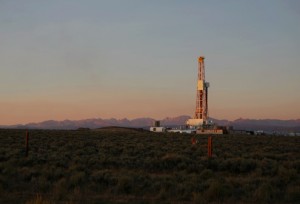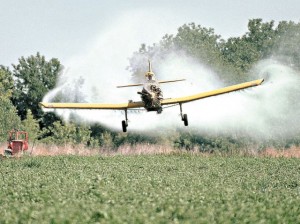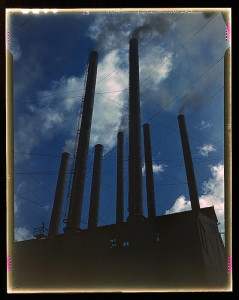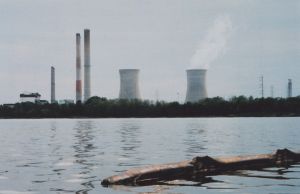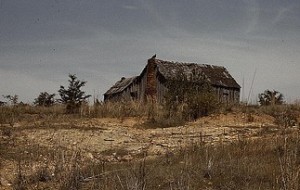Now comes the venerable television news show 60 Minutes, leading the way to a consideration of the pros and cons of hydraulic fracturing for so-called “natural” gas. They led the way if, that is, you don’t count the hard-hitting documentary Gasland that aired months ago on HBO, or the solid investigative reporting done by Pro Publica over recent years. Continue reading
Another Day
You get up every day
expecting it to be just like the last one.
And then one day, just like that
It is the last one.
– Thomas A. Lewis, Tribulation
Categories
Subscribe via RSS
Subscribe via email
Find the Impact
Previous Impacts
Recent Comments
- Greg Knepp on About The Daily Impact
- Greg Knepp on About The Daily Impact
- gwb on About The Daily Impact
- Liz on About The Daily Impact

